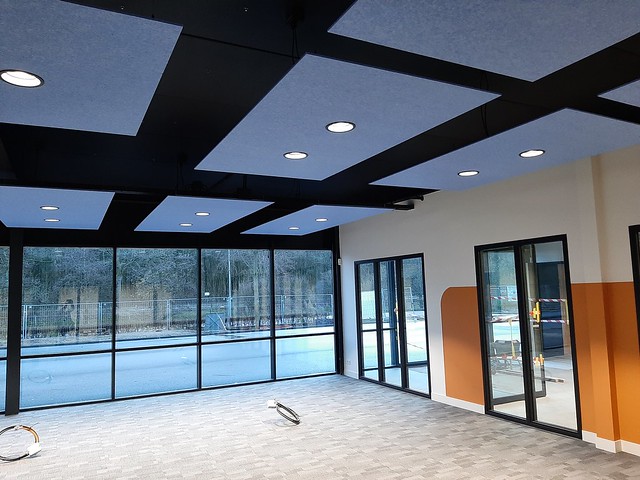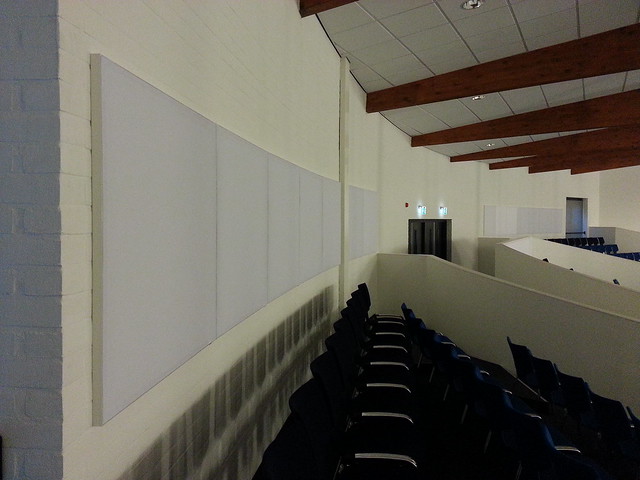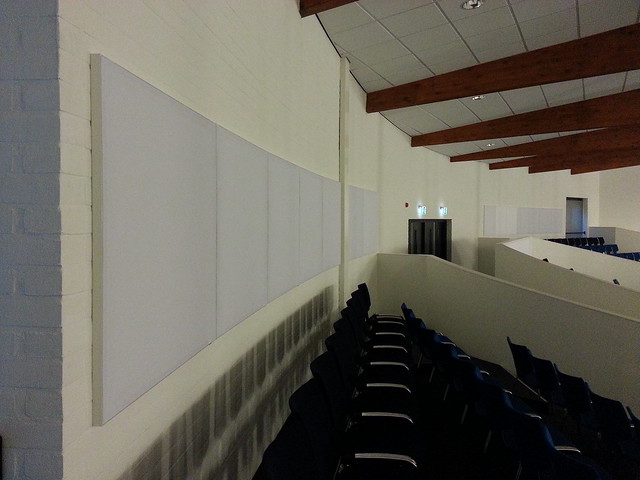Types of Forming Machines
Essentially, these machines fabricate specific configurations out of long strips of metal, most often coiled steel. They power feed this metal through a series of fixed rollers, each station bending the metal a bit more than the last.
This allows for an incredible variety of straight profiles and shapes used in manufacturing, commercial building construction, and many other applications.
Roll Forming
Roll forming is an extremely versatile process that can shape metal into a wide range of cross-section profiles. The technique starts with a long coil of uncut steel and uses a series of machines and tools to bend it into a desired shape. This approach has the advantage of avoiding secondary processes such as punching, cutting, and welding that can introduce inaccuracies and reduce tolerances.
It’s also friendlier to high-strength steel (HSS) because it eliminates the need for postcutting and eliminates the potential for a leading edge to deform. Additionally, it can produce parts up to 20 inches in length without a toe-in or flare on the trailing edge.
While this capability is great, it does require special equipment. The main limitation is profile depth, Forming Machine which can’t be much higher than 6 inches due to roll-imparted stresses and surface speed differentials that increase with bending depth. In addition, it can be challenging to control quality on multibend parts.
Another concern is the tendency of HSS to spring back, which can lead to a toe-in or flare on either the leading or trailing edge. To minimize this effect, antiflare units on the roll forming line use a combination of blocks, rollers, and mandrels to overbend certain sections of the profile. This can add to the cost of the forming operation, but it’s a necessary tradeoff.
Forging
Forging is a metalworking process that uses intense heat and substantial force to shape metal into desired shapes. This changes the metallurgical structure of the material, reorienting the grain and eliminating voids or gas porosity. The result is greater impact and shearing strength than parts produced through other processes. This makes forging popular for manufacturing a number of different types of components.
The forging process can be done hot or cold. The former is known as free forging, while the latter is known as closed-die forging. Both processes can be done manually or using a press. The three most common forging processes are upsetting, drawing and punching.
Unlike other metal forming methods, forging allows the metal to be cut to a precise length without the need for manual processing. This helps reduce labor costs, material waste and production delays. Another advantage of this method is that it can be used with a variety of materials, including non-ferrous and ferrous metals. It can also be used to create complex cross sections that would be difficult to make with other forming methods. In addition, it produces high dimensional tolerances and smooth surfaces. However, forging is also a time-consuming and expensive process that requires skilled labor and proper equipment. It can also lead to defects if a mistake isn’t caught during the forging process. Fortunately, forging simulation software can alert design teams to potential defects before the physical prototype is made. This gives them the freedom to change the proposed specifications and forge a new model without incurring production costs or delay while a physical prototype is made.
Extrusion
Extrusion is a plastics manufacturing process that creates shapes with a fixed cross-section. It begins with solid raw material being loaded into a hopper that sits over the screw opening in an extruder barrel. A series of spinning screws heats and agitates the materials inside, which then melts them gradually. This melted plastic is then pushed through a custom die to form your desired shape. The shaped product then passes through a cooling system that evenly solidifies the molded plastic.
This metal forming method helps you reduce the need for secondary time-consuming processes like welding. As a result, you can get your products to market more quickly and efficiently.
You can create different types of extrudates with the cold extrusion process, including hollow and semi-hollow shapes. This can also be done with various materials, ranging from polymers to concrete and modelling clay. The key advantage of cold extrusion is that it can produce complex cross-sections without requiring tensile or shear forces in the stock.
A disadvantage of this process is surface cracking, which can occur when there is higher friction between the billet and die during deformation. This can be avoided by varying the extrusion ratio and temperature, which allows for better control over mechanical properties such as ductility. Forming Machine factory This is why we only use a high-quality extruder for our manufacturing services.
Tube Drawing
Drawing is one of the most common and oldest tube forming methods. It’s the preferred method for producing stainless steel that requires small diameters, thin walls, and a smooth surface finish. The process involves pulling a heated tube through a die and then rotating it around a mandrel to remove material from the outside surface of the tube.
The advantages of drawing include the ability to produce very accurate tubes and the fact that it’s a cold process. However, there are some drawbacks to this process, such as the limited cross-sectional area reduction that can be achieved and the high rate of work hardening that can occur in the dies.
There are several different tube drawing processes, including fixed plug, floating plug, tethered plug, and sinking. Floating plug drawing produces the best ID surfaces, but it’s a slow and expensive process. It also requires special lubrication to reduce the friction between the mandrel and the die.
The draw bench is used to pull the tubing through a die. Rod drawing is a less expensive alternative to float drawing. It uses a solid rod as long as 100 feet that’s pulled along with the tubing. This method also requires special lubrication, but it doesn’t require the mandrel and can be more accurate than float drawing. It’s most often used as the first step in a series of reductions.


